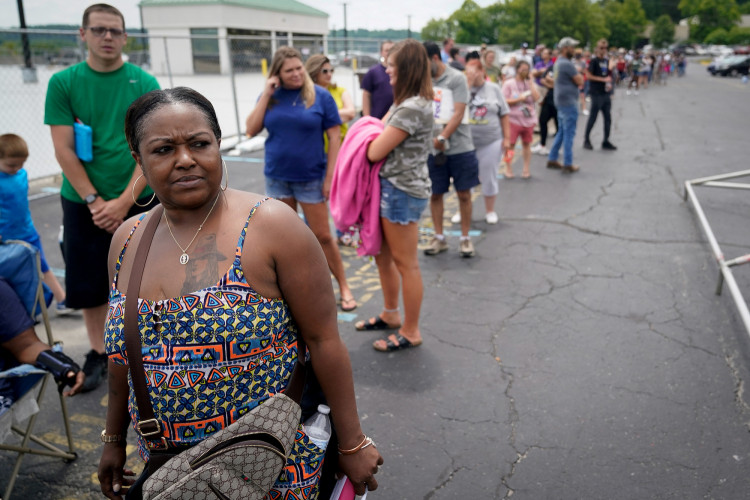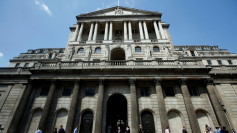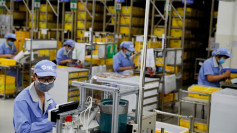Initial filings for unemployment benefits in the United States rose more than expected last week, adding to signs of a cooling labor market as economic uncertainty deepens over global trade policy and President Donald Trump's sweeping tariff plans. The Labor Department reported Thursday that jobless claims climbed by 14,000 to 240,000 for the week ended May 24, exceeding analyst expectations of 226,000.
Despite the increase, layoffs remain historically low, and employers appear hesitant to shed workers in a market still underpinned by labor shortages and residual hiring inertia from the post-pandemic recovery. The four-week average of claims ticked down slightly to 230,750, signaling continued strength in overall employment trends. Continuing claims-the number of people receiving benefits after an initial week of aid-rose by 26,000 to 1.92 million, the highest since November 2021.
The data arrives just one day after a federal trade court blocked the Trump administration's latest attempt to impose tariffs under emergency-powers authority. The decision injected fresh legal uncertainty into Trump's central economic strategy and sparked a brief rally in financial markets. The administration immediately filed a notice of appeal, and the case is likely headed to the Supreme Court.
The escalating trade dispute has raised concerns about long-term business investment and hiring. There was "considerable uncertainty" over the job market's outlook, the Federal Reserve noted in minutes from its May 6-7 meeting, adding that "outcomes would depend importantly on the evolution of trade policy."
The Commerce Department also revised its first-quarter GDP estimate on Thursday, showing the U.S. economy contracted at a 0.2% annual pace, a slight upgrade from an earlier projection. The decline was driven by a surge in imports as firms scrambled to secure foreign goods ahead of Trump's tariff escalation. Economists warn that prolonged trade friction could further dampen consumer sentiment and investment.
In April, employers added 177,000 jobs and the unemployment rate held steady at 4.2%, underscoring resilience in hiring. However, recent months have seen notable layoffs at major companies including Meta, Starbucks, CNN, Microsoft, and Southwest Airlines. According to Bank of America Institute, unemployment claims rose across income brackets from February to April, with a sharp uptick among higher-income households.
The median duration of unemployment climbed to 10.4 weeks in April, up from 9.8 weeks the previous month, suggesting longer spells without work for those laid off.
Federal Reserve Chair Jerome Powell has warned that tariffs risk creating a rare blend of rising inflation and higher unemployment. The central bank has kept its benchmark interest rate steady at 4.25%-4.50% since December after trimming rates three times in late 2024. "Tariffs have dampened consumer and business sentiment," Powell said earlier this month, acknowledging the policy's dual strain on the Fed's inflation and employment mandates.






